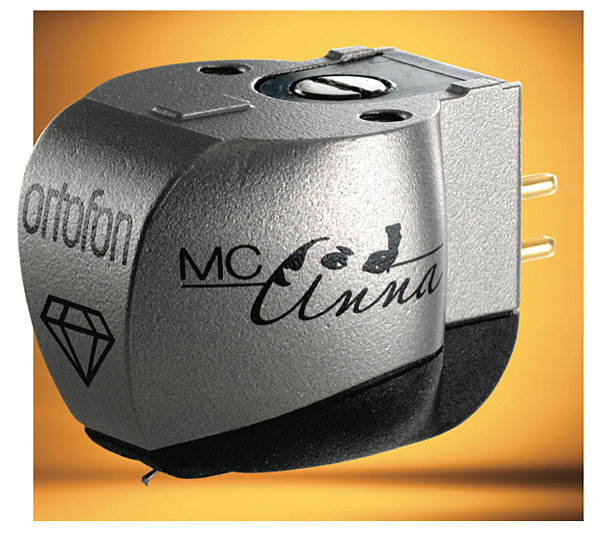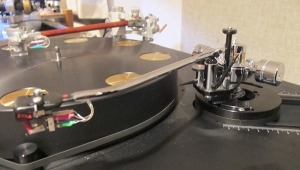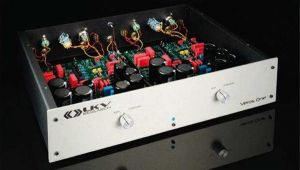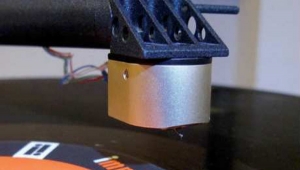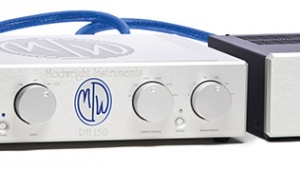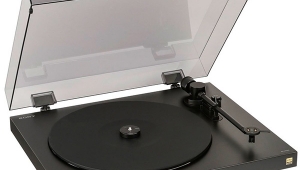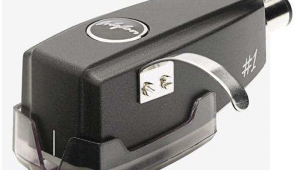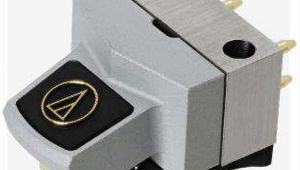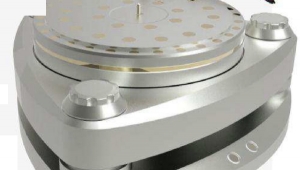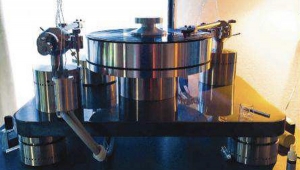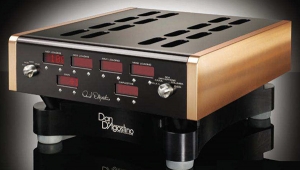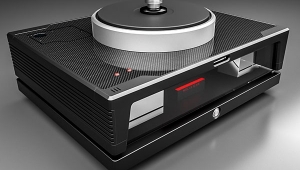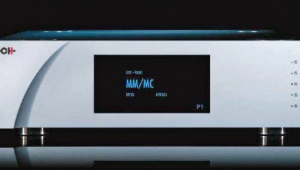| Columns Retired Columns & Blogs |
Hey!
It is great that Ortofon named their carts after one of the great voice of the opera world. I was lucky to see her perform at the Met Opera back some years ago in "L'Elisir d' Amore"
But ironically not many of her works are available on vinyl. There are a few and they are very pricey. And like most of classical works ,likely recorded with digital.
Anyway, I'd love to be able to afford an Ortofon "Anna" cart so I can play my LP copy of Anna Netrebko Violetta from Verdi's "La Traviata" Her version of "Addio del Passato" can make you tear up, whether CD or LP version.
